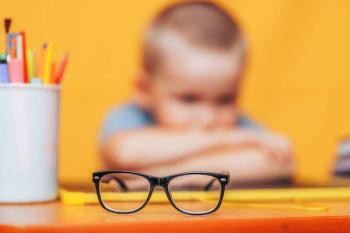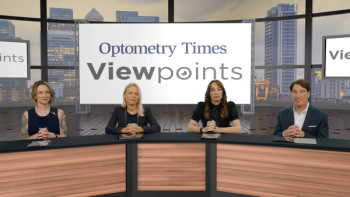
Study evaluates myopia causes in children
Researchers in Tokyo found that nearly 50% of preschoolers are myopic, indicating that the disease has reached epidemic proportions.
Japanese investigators, led by Tomoki Maruyama, MD, from the Department of Ophthalmology and the Laboratory of Photobiology, Keio University School of Medicine, Tokyo, and colleagues found that nearly half of Tokyo preschoolers are myopic, indicating the disease has reached epidemic proportions.
Investigators also reported that the association between lens thickness and near work may vary with the type of near work performed.
Researchers have suggested numerous theories about the etiology of myopia, including: accommodative-lag, peripheral hyperopic defocus, light environment, lifestyle, and environment; but the cause remains unknown.
The study
The current large cross-sectional study1 included 2,140 children—aged 3 to 14 years—in Tokyo, and looked at the distributions of ocular biometry and refraction among Japanese children across a wide age range, evaluating the associations between refraction and environmental factors including near work and ocular biometry under non-cycloplegic natural conditions, Maruyama described.
Myopia study results
The investigators reported that the prevalence rates of spherical equivalent (SE) of −0.75 diopter or less among preschoolers aged 3 to 6 years, elementary school students aged 6 to 11 years, and junior high school students aged 12 to 14 years were 49.7%, 72.4%, and 87.7%, respectively.
Linear regression analyses showed that the time spent using digital devices was associated positively with the lens thickness (p<0.050) but not the SE, axial length, or vitreous chamber depth.
The time spent reading was associated negatively with the lens thickness (p < 0.050), SE (p < 0.010), axial length ( p < 0.001), and vitreous chamber depth (p < 0.001).
“To our knowledge, this is the first large-scale study to describe sex- and age-specific various comprehensive ocular component data and refraction in a wide age range of Japanese schoolchildren and analyze their associations with environmental factors,” the authors commented. “We found that the prevalence of myopia among preschoolers was almost half. The effect of the lens thickness differed depending on the type of near work and may be a clue to investigating the relationship between near work and myopia.”
Reference
Maruyama T, Yotsukura E, Torii H, et al. Children in Tokyo have a long sustained axial length from age 3 years: the Tokyo Myopia Study. J Clin Med. 2022; 11: 4413; https://doi.org/10.3390/jcm11154413
Newsletter
Want more insights like this? Subscribe to Optometry Times and get clinical pearls and practice tips delivered straight to your inbox.






































